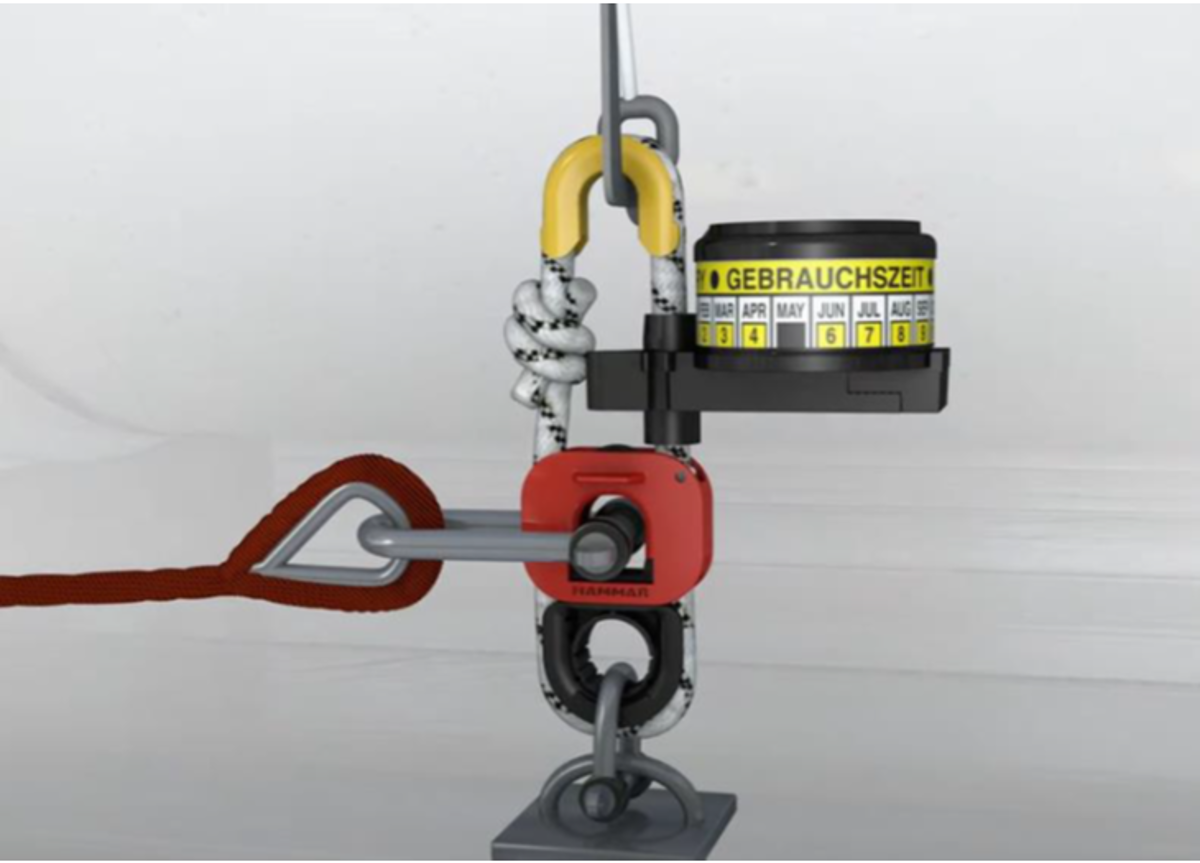Blog Post
What Is the Purpose of the Liferaft Hydrostatic Release and How Does It Work?
Posted By: Harsh Bamnolia
Posted On : 30-May-2025

What Is the Purpose of the Liferaft Hydrostatic Release and How Does It Work?
What Is the Purpose of the Liferaft Hydrostatic Release: A Clear Understanding
What is the purpose of the liferaft hydrostatic release if not to ensure automatic deployment during maritime emergencies?
The hydrostatic release unit (HRU) is a crucial component of modern marine safety, specifically designed to activate and release a liferaft without human intervention when a vessel sinks or becomes submerged.
This ensures that even in the worst-case scenario where crew members cannot manually launch a liferaft, the HRU guarantees that life-saving equipment is deployed automatically.
In essence, hydrostatic release mechanisms help to mitigate the risk of liferafts being trapped on a sinking ship.
By reacting to water pressure at a specified depth (typically 1.5 to 4 meters), the HRU triggers the release of the liferaft, enabling it to float to the surface where it can be accessed by survivors.
This automatic functionality has made the HRU a mandatory part of SOLAS-approved liferaft setups worldwide.
Components and Working of a Liferaft Hydrostatic Release
To fully understand what is the purpose of the liferaft hydrostatic release, it is important to explore how the system works and the components involved.
1. Hydrostatic Release Unit (HRU)
This is the central device that uses water pressure to activate. It is usually made of corrosion-resistant materials like stainless steel or plastic composites, ensuring longevity in harsh marine environments.
2. Weak Link
This is a rope or strap designed to break under tension. Once the HRU activates and cuts the securing strap, the weak link ensures that the liferaft is free to float away from the ship.
3. Securing Strap or Lashing
The strap holds the liferaft canister in place. The HRU is connected to this strap and cuts it during activation.
How It Works:
When a vessel begins to sink, water pressure builds up around the HRU.
Upon reaching the activation depth, the HRU's internal mechanism is triggered by the pressure.
This mechanism cuts the securing strap and the weak link allows the liferaft to float free.
Once the liferaft reaches the surface, the painter line (connected to the ship) pulls and inflates the liferaft, making it ready for use.
Importance of Hydrostatic Release in Maritime Safety
The importance of understanding what is the purpose of the liferaft hydrostatic release cannot be overstated in the context of marine safety.
Liferafts are often the last line of defense during catastrophic events, and ensuring their deployment can be the difference between life and death.
1. Automatic Operation Saves Lives
In sudden emergencies where crew may not have time to launch a liferaft manually, the HRU acts as an automated safeguard. Its timely action ensures that at least one means of survival is deployed.
2. Compliance with SOLAS Regulations
As per the International Maritime Organization (IMO) and SOLAS standards, vessels are required to install HRUs for liferafts and EPIRBs (Emergency Position Indicating Radio Beacons). Regular inspections and certifications are also mandated.
3. Adaptable Across Vessel Types
Whether it's a cargo ship, passenger vessel, or offshore platform, the HRU system is adaptable and essential across all vessel classes. Its simple yet effective mechanism makes it a universal safety solution.
4. Requires Minimal Maintenance
Though regular inspection is necessary, the HRU is designed to function without any power source or complex setup. It is a passive safety system, reducing chances of failure during critical moments.
Best Practices for Inspection and Maintenance
To continue benefiting from the safety HRUs provide, ship operators must adhere to best practices in maintenance and inspections.
Knowing what is the purpose of the liferaft hydrostatic release is only the first step—ensuring it works correctly is equally vital.
1. Annual Inspection
Hydrostatic release units typically have a service life of 12–24 months. An annual inspection by an authorized service provider is mandatory to ensure compliance and functionality.
2. Check for Corrosion and Wear
Ensure that the HRU and associated components like the weak link and securing straps are free from rust, wear, or physical damage.
3. Certification and Tagging
Always check the certification tags on the HRU to ensure it is within its valid service date. Replace the unit before the expiration date to avoid non-compliance.
4. Storage Considerations
Liferafts and HRUs should be stored in areas with minimal exposure to chemicals, UV rays, and extreme temperatures. Protective casing is recommended.
Why Choose Marinetech for Liferaft and HRU Services?
Marinetech Safety & Shipping Corporation offers SOLAS-approved marine safety equipment, including state-of-the-art liferafts and hydrostatic release units.
With decades of expertise, Marinetech ensures that every product meets international safety standards and performs flawlessly during emergencies.
Our Offerings Include:
Supply of HRUs for liferafts and EPIRBs
Liferaft installation and retrofitting
Regular inspection and certification services
Compliance with IMO, SOLAS, and Flag State regulations
At Marinetech, we understand what is the purpose of the liferaft hydrostatic release and ensure that your vessel’s safety systems function seamlessly when it matters most.
Conclusion: Why You Must Know What Is the Purpose of the Liferaft Hydrostatic Release
Understanding what is the purpose of the liferaft hydrostatic release helps ensure that crew members and ship operators are prepared for real-life emergencies.
The HRU is not just a mechanical device; it's a life-saving innovation that ensures automatic deployment of liferafts when humans cannot.
By investing in quality equipment and trusted inspection services like those provided by Marinetech, ship owners can secure peace of mind and compliance.
Make your vessel safety-compliant and emergency-ready—choose SOLAS-approved hydrostatic release mechanisms today.
To learn more or to schedule an inspection, visit: https://marinetechss.com/services/life-raft-inspection-and-service